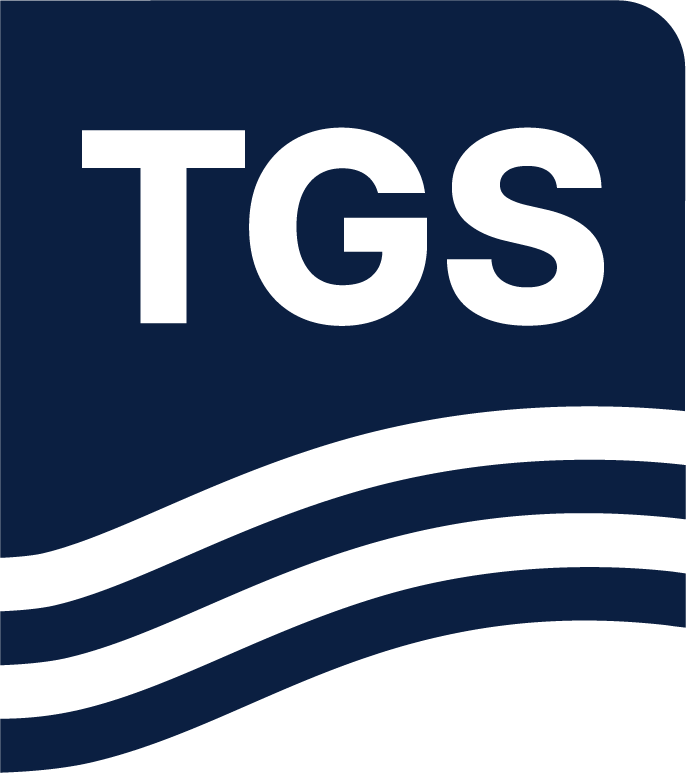First Published: First Break, October 2025, by Allan McKay, Luca Limonta, Roberto Ruiz, Bertrand Caselitz, Bent Kjølhamar, Christine Roche (TGS), Enda O’Doherty (North Irish Sea Array) and Toby Harrison (Gavin and Doherty Geosolutions).
Introduction
Prior to the construction of an offshore wind farm (OWF) geophysical and geotechnical site characterisation surveys are undertaken. One of the main purposes is to enable an integrated
interpretation to characterise the structure and properties of key soil units, identify hazards – be they of natural or cultural origin – and enable reliable and safe foundation or anchoring systems to be selected and designed appropriately.
However, these site characterisation surveys can take multiple years as a sequential and iterative site characterisation survey strategy is often employed because of both structural and
technical reasons. One key structural reason is that prior to contract award and/or a final investment decision project funding is limited and expenditure on site characterisation must be carefully managed. So initial survey scopes are usually limited to reconnaissance. A key technical reason is that interpreted geophysical data is required to both plan and derisk geotechnical surveys and guide the foundation design, i.e. determine where the subsurface
needs to be investigated to ensure all soil units are sufficiently well sampled and tested both to enable robust characterisation, and to ensure safety of e.g. geotechnical operations.

The three main components of a quantitative ground model.
A sequential and iterative survey strategy is sub-optimal and ultimately unsustainable with the growing scale of offshore wind developments, ambition to develop projects rapidly, and need to reduce the overall levelised cost of energy. In addition, many seismic surveys that are undertaken are 2D, and as the site characterisation phase progresses then multiple surveys may be undertaken with increasingly fine line spacing. Nevertheless, even after a multiyear campaign there can be both uncertainty about the spatial variability of key subsurface units and properties, as well as lack of flexibility in the placement of infrastructure such as Wind Turbine Generators (WTG). Such uncertainties – and the need to mitigate risk – can contribute to conservatism and over-engineering of structures such as WTG foundations e.g. using more steel than is necessary. Clearly, conservatism in engineering design is a cost driver, and has led to the development of modern design methods that are tailored to the specific case of OW; see for example Zdravković et al. (2020). This kind of development of engineering design methods needs to be matched by geophysical methods.
Read the full article here.

